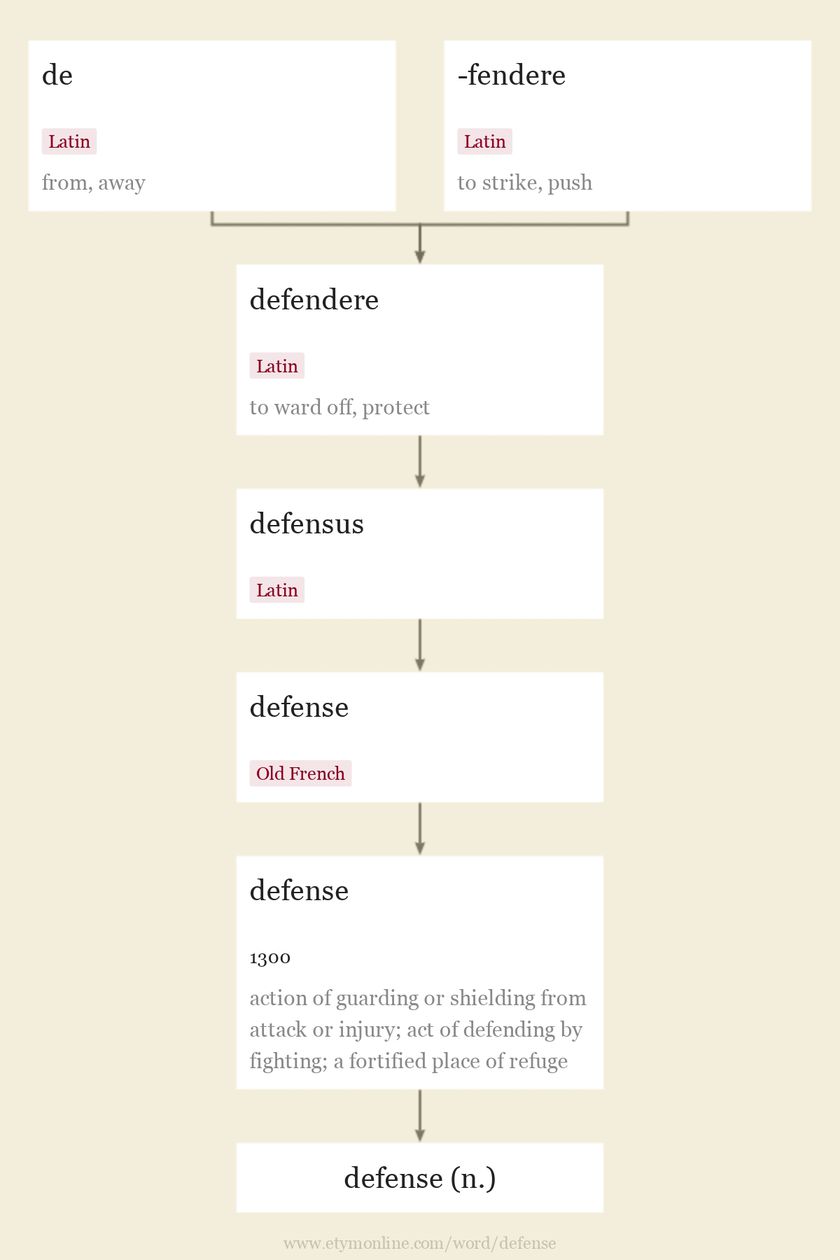Linguistics
882 readers
1 users here now
Welcome to the community about the science of human Language!
Everyone is welcome here: from laypeople to professionals, Historical linguists to discourse analysts, structuralists to generativists.
Rules:
- Instance rules apply.
- Be reasonable, constructive, and conductive to discussion.
- Stay on-topic, specially for more divisive subjects. And avoid unnecessary mentioning topics and individuals prone to derail the discussion.
- Post sources when reasonable to do so. And when sharing links to paywalled content, provide either a short summary of the content or a freely accessible archive link.
- Avoid crack theories and pseudoscientific claims.
- Have fun!
Related communities:
- !linguistics_humor@sh.itjust.works
- !languagelearning@sopuli.xyz
- !conlangs@mander.xyz
- !esperanto@sopuli.xyz
- !japaneselanguage@sopuli.xyz
- !latin@lemm.ee
founded 1 year ago
MODERATORS
1
2
3
4
5
6
7
8
9
12
Why YouTubers (and AI) get these English features wrong [weak forms and deaccenting]
(www.youtube.com)
10
11
12
13
16
13
There’s a Word for That: Can language describe everything we feel—and should it?
(www.bostonreview.net)
17
18
19
20
21
23
24
25
view more: next ›

